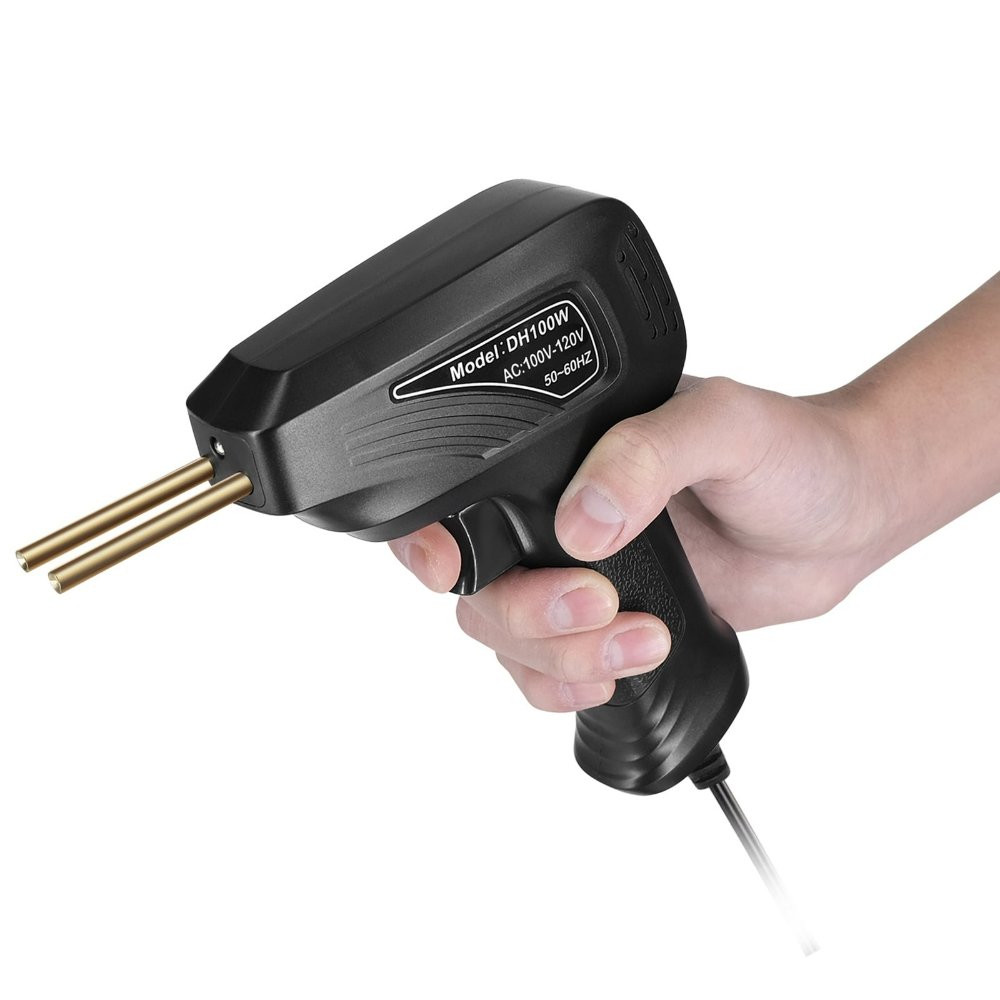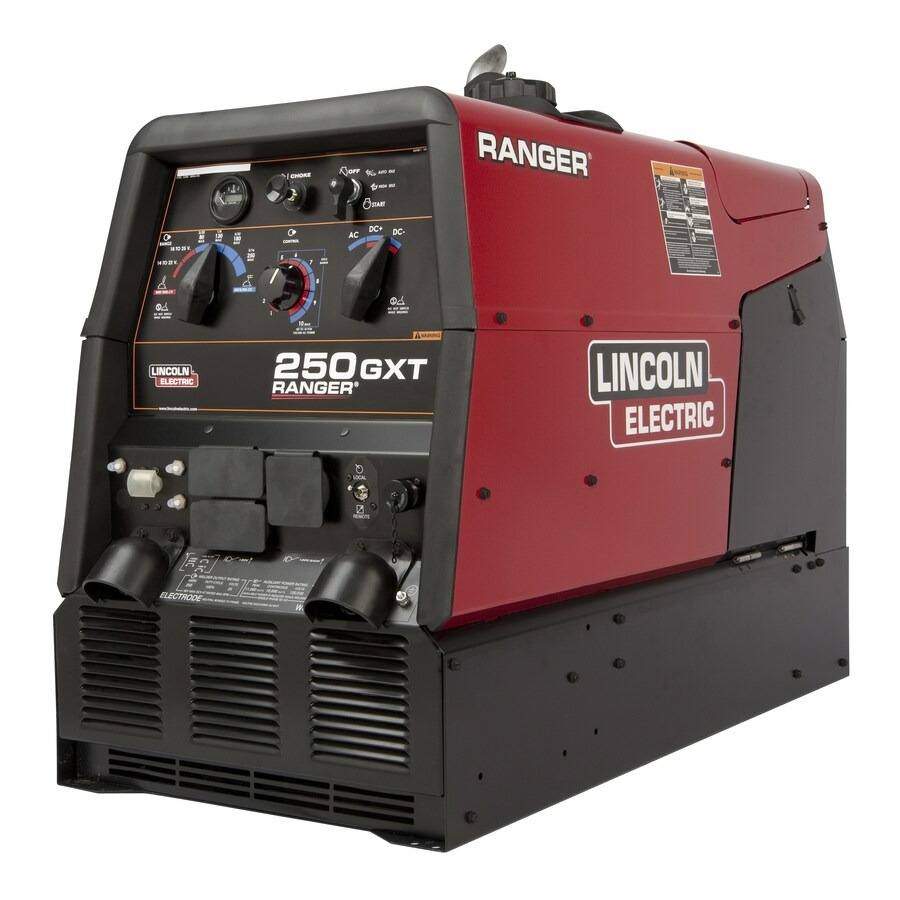Choose the Right Home Welding Machine for Your Projects
Selecting the Right Home Welding Machine
Selecting the right home welding machine is crucial for safe and effective welding. Before you invest, it is important to understand the various types of welding processes and the factors that will influence your choice.
Understanding Different Types of Welding Processes
Various welding methods exist, each suited for certain tasks and metal types. Common processes include:
- MIG Welding (Metal Inert Gas): Great for beginners and versatile for different metals.
- TIG Welding (Tungsten Inert Gas): Offers high precision, ideal for detailed work.
- Stick Welding: Commonly used for heavy-duty repair work due to its strong welds.
- Flux-Cored Arc Welding: A combination of portability and versatility, good for outdoors.
Your project needs will dictate which process you should look for in a home welding machine.
Factors to Consider When Choosing a Welder
Consider these important factors when picking a welding machine:
- Material Type: Identify the most common metals you’ll work with and their thickness.
- Welder Power: Ensure the welder’s power output matches the demands of your project.
- Duty Cycle: This indicates how long the welder can operate before it needs to cool down.
- Ease of Use: A user-friendly interface and controls can make a big difference.
- Portability: If you’ll move the welder often, opt for a lighter, more compact model.
- Price: Set a budget, but also consider the long-term value of the welder’s features.
When you weigh these factors against your needs, you are in a better position to select a home welding machine that suits your welding activities safely and efficiently.
![]()
Setting Up Your Welding Area
Creating a safe and efficient workspace is critical when setting up your home welding area. Safety should be your top priority, followed by ensuring that you have enough space to work comfortably.
Choosing a Safe Location
When selecting the location for your home welding machine, consider these points:
- Space: Choose a spacious area to move around freely without any tripping hazards.
- Fire Safety: A non-combustible floor like concrete and good distance from flammable materials are vital.
- Access: Make sure the location is easily accessible in case you need to move equipment in or out.
- Lighting: Proper lighting is crucial to see your work and avoid accidents.
Necessary Ventilation for Welding
Proper airflow in your welding space is not just a comfort matter, it’s a health necessity. Adequate ventilation helps to:
- Remove Fumes: Toxic fumes emitted during welding can be hazardous to your health.
- Reduce Heat: Welding generates heat, and airflow can prevent the area from becoming uncomfortably warm.
- Maintain Air Quality: Fresh air circulating through the workspace keeps the air quality safe.
Install an exhaust fan, open windows, or use a ventilation system specifically designed for welding to maintain clean air. Remember, good ventilation ensures a safer welding experience at home.
Essential Safety Gear for Home Welding
When embarking on any welding project, prioritizing safety is key. The correct safety gear can reduce the risk of injuries.
Protective Clothing and Equipment
Ensuring you have the right protective clothing and equipment is a must. Here are essential items:
- Welding Gloves: Protect your hands from sparks and heat.
- Safety Glasses: Shield your eyes from debris.
- Fire-Resistant Clothing: Prevent burns from hot metal or sparks.
- Leather Apron: Adds another layer of protection to your body.
- Ear Protection: Keep your hearing safe from the noise.
Choose quality gear that fits well to ensure maximum protection while working with your home welding machine.
Importance of a Good Welding Helmet
A top-notch welding helmet is vital for several reasons:
- Face Shield: It guards your face from sparks and intense light.
- Eye Safety: Protects against retinal damage from the bright welding arc.
- Auto-Darkening: Adjusts the lens shade automatically, improving visibility and precision.
Investing in a helmet with the latest safety features enhances your welding experience and safety. Always use a helmet when welding to maintain your eye and face protection.
![]()
Understanding Welding Machine Power Requirements
When you select a home welding machine, it’s essential to understand its power requirements.
Electrical Supply and Welding Machine Compatibility
The compatibility between your home’s electrical supply and your welding machine is crucial. Here’s what to look for:
- Voltage Requirements: Match the welder’s voltage with your home’s available power outlets.
- Circuit Breaker: Ensure your home’s circuit can handle the welder’s amperage without tripping.
- Power Adapter: You might need an adapter if the welder’s plug does not fit your outlet.
By ensuring compatibility, you prevent electrical hazards and ensure your welding machine runs effectively.
Extension Cords and Portable Generators for Welding
Sometimes, the perfect welding spot isn’t near an outlet. In these cases, extension cords and generators are useful:
- Heavy-Duty Extension Cords: Use ones rated for high amperage to maintain performance and safety.
- Portable Generator: If outlets are too far, a generator can provide power, but confirm it meets the welder’s power needs.
When using these solutions, always prioritize safety to prevent power overloads and electrical fires. Properly understanding your home welding machine’s power requirements will ensure you weld efficiently and safely.
Welding Machine Maintenance and Care
Regular maintenance is key for your home welding machine’s longevity and performance. Just like any other tool, it needs checks and servicing to keep it in top shape.
Routine Maintenance Checklist
Develop a checklist to keep your welding machine working smoothly. Here are some points to include:
- Check for Damage: Regularly look for any signs of wear or damage.
- Clean the Machine: Remove dust and debris that can cause overheating.
- Inspect Cables: Ensure cables have no cuts or frayed areas to prevent electrical hazards.
- Tighten Connections: Loose connections can lead to poor welds and safety issues.
- Lubricate Moving Parts: Prevent rust and ensure parts move freely.
- Update Software: If your welder has digital controls, keep the software up to date.
- Test Safety Features: Verify that all safety functions are operating correctly.
Performing these simple steps can prevent costly repairs and downtime.
Troubleshooting Common Issues
Even with regular maintenance, you might encounter issues with your home welding machine. Here’s how to troubleshoot some common problems:
- Inconsistent Arc: Check for loose connections or incorrect settings.
- Overheating: Make sure there’s enough ventilation and that the duty cycle is not exceeded.
- Poor Wire Feeding: Clean or replace the wire feed liner if needed.
- Electrical Problems: Always check the power supply and connections first.
For persistent issues, consult the welder’s manual or a professional technician. Effective troubleshooting helps keep your welding projects on track.
![]()
Practical Tips for Beginners in Home Welding
Venturing into the world of welding can be an exciting experience, but it’s important to start on the right foot. For beginners, there are key practical tips to follow, enhancing both safety and skills in using a home welding machine.
Basic Welding Techniques for Home Projects
When you’re new to welding, mastering some basic techniques is essential. Start by practicing these:
- Straight Lines: Learn to weld in a straight line on scrap metal.
- Circular Motions: Try creating small circles to build skill and control.
- Weld Pool Control: Watch the weld pool’s size to ensure strong, consistent welds.
- Speed and Pressure: Adjust your speed and the pressure you apply to create clean welds.
Consistent practice will lead to better technique and confidence in your welding projects.
Avoiding Common Mistakes in Home Welding
Avoiding mistakes is just as crucial as mastering techniques. Be wary of these common errors:
- Ignoring Safety Gear: Always wear protective equipment, no mistake is worth an injury.
- Overlooking Machine Settings: Wrong settings yield poor results, double-check before you begin.
- Neglecting Machine Maintenance: Keep your equipment clean and serviced for longevity and safety.
- Skipping Practice: Rushing into complex projects without enough practice can lead to frustration and errors.
By focusing on technique and avoiding these pitfalls, beginners can establish a safe and productive home welding practice.
Resources and Learning Materials for Home Welders
Expanding your skills and knowledge in home welding can lead to better results and more complex projects. Learning resources are essential for this growth.
Finding the Right Welding Courses and Certifications
Picking the right courses or certifications can take your welding to the next level. Look for:
- Accredited Programs: Choose courses recognized by industry bodies.
- Skill Level Match: Find classes that match your current abilities.
- Practical Components: Ensure there is a good balance of theory and hands-on training.
- Budget-Friendly Options: Consider the cost and find programs that offer value for money.
Certifications can validate your skills and may be necessary for certain projects. Research different certifications and understand the requirements before enrolling.
Online Tutorials and Communities for Home Welders
The internet is full of resources for home welders. Use online tutorials and join communities to improve.
- Video Tutorials: Platforms like YouTube have countless tutorials for all skill levels.
- Forums: Sites like WeldingWeb provide a place to ask questions and share tips.
- Social Media Groups: Join groups on platforms like Facebook where welders share advice.
By taking advantage of these resources, you can learn at your own pace and connect with others who share your passion for welding.

